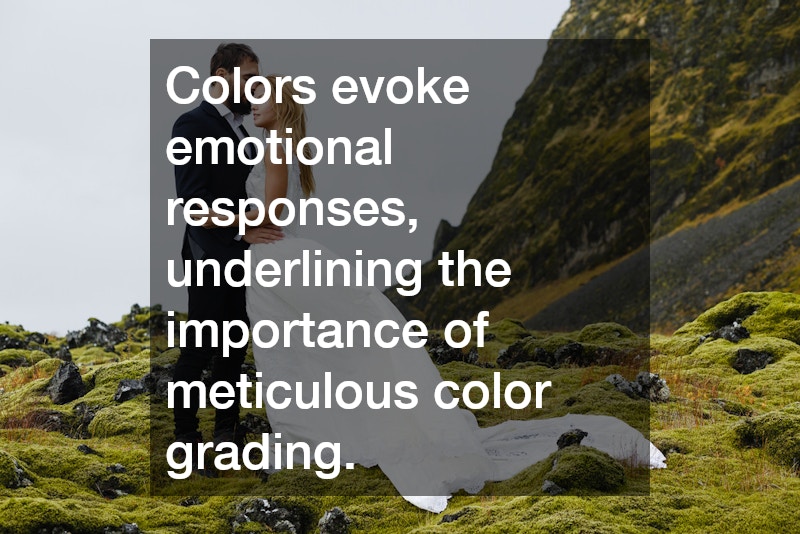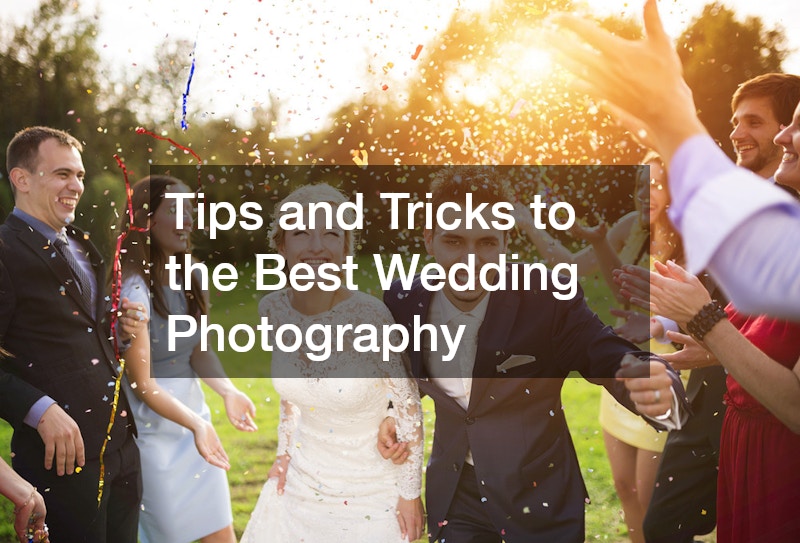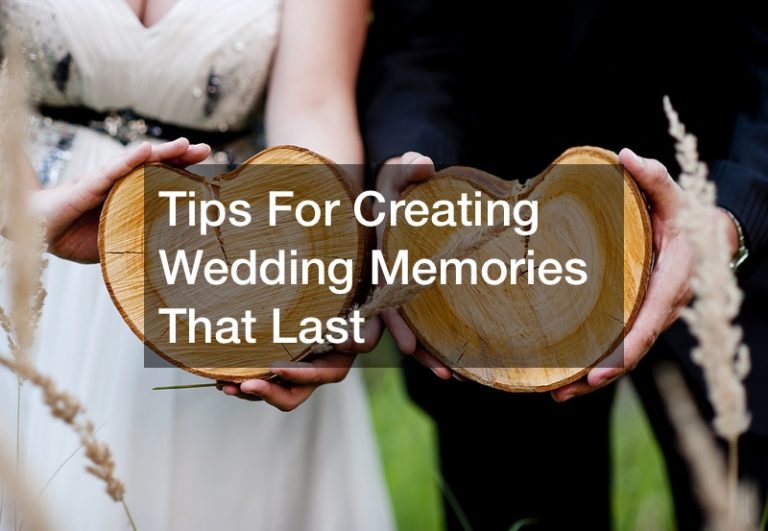
Explore essential tips and tricks to assure stunning wedding photos, from gear selection to beautifully capturing candid moments. Wedding photography is an art form that combines technical skills and creativity to document one of the most significant days in a couple’s life.
What Gear Do Professional Wedding Photographers Use?
Essential Camera Equipment
Professional wedding photographers rely heavily on high-quality DSLR or mirrorless cameras, which are vital to capturing every event detail. Lenses are equally important, with many photographers opting for a versatile range such as a 24-70mm zoom lens and a 50mm prime lens for beautiful portraits.
A robust and speedy camera is crucial for wedding photography, as spontaneity and quick reflexes often lead to the best shots. Photographers usually carry multiple camera bodies to switch between different lenses quickly and have a backup if one malfunctions.
Moreover, spare batteries and high-capacity memory cards are essential for ensuring no moment is missed due to technical limitations. Gear reliability can make or break a photographer’s ability to deliver a comprehensive wedding album.
Lighting Accessories
Lighting is crucial to capturing the perfect wedding photograph, as it can dramatically alter the mood and quality of a shot. Portable flash units and reflectors are commonly used tools that allow photographers to manipulate light both indoors and outdoors.
For beautifully lit photos, many wedding photographers employ off-camera flash systems that help control shadows and highlight the subjects effectively. In addition to artificial lighting, knowledge of natural light and how to use it skillfully is invaluable, especially for outdoor ceremonies.
Light modifiers such as diffusers and softboxes can soften harsh shadows, resulting in more flattering images. Lighting accessories assure that every photograph conveys the desired emotional depth and visual impact when used well.
How to Capture Authentic and Candid Moments?
Building Rapport with Couples
Establishing a strong connection with the couple before the wedding day is key to capturing authentic moments. Photographers can get to know their clients’ personalities and preferences by engaging in pre-wedding meetings or casual photo shoots.
Creating a relaxed atmosphere during the photography sessions encourages the couple to express genuine emotions. This rapport results in images reflecting more than poses—they capture actual interaction and affection.
Timing and Observation Techniques
Anticipating the perfect moment is a crucial skill in wedding photography, requiring a keen sense of timing and observation. Effective photographers develop intuition for when memorable interactions are about to unfold and position themselves accordingly.
Photographers can capture unscripted emotions that tell the day’s story by staying vigilant and continuously surveying the scenes. Patience plays a significant role, as the best candid shots often emerge unexpectedly.
How Do You Plan the Perfect Wedding Shoot?
Scouting and Location Planning
Before the wedding day, visiting the venue is instrumental in planning effective shots that utilize natural aesthetics and available light. Photographers who scout locations can identify the best backdrops for different parts of the ceremony and reception.
Consideration of the venue’s layout and lighting at different times of day ensures preparedness for any logistical challenges. This preparation leads to smooth transitions between settings, allowing photographers to focus more on creativity during the event.
Creating a Flexible Timeline
Organizing a detailed shoot timeline facilitates a seamless photo-taking process that harmonizes with the day’s schedule. It involves allocating time slots for portraits, group photos, and candid captures, making sure each critical moment receives attention.
Building in buffer time also allows photographers to adapt to spontaneous moments without derailing the planned itinerary. Creativity often flourishes in these unexpected instances, as photographers can seize serendipitous opportunities.
What Post-Processing Techniques Enhance Wedding Photos?
Editing Software Essentials
Post-processing is a critical step in wedding photography, transforming raw images into polished masterpieces. Professionals frequently use software like Adobe Lightroom and Photoshop to refine shadows, highlights, and colors.
Editing tools offer a degree of control that can correct exposure issues or remove distractions from the background, amplifying the focus on the subjects. Accomplished photographers share efficiency in workflow and an eye for detail.
Toning and Color Correction Tips
Toning is essential in setting the emotional tone of wedding photographs, ranging from warm sepia tones to classic monochromes. Color correction ensures skin tones appear natural and vibrant while balancing lighting inconsistencies.
Colors evoke emotional responses, underlining the importance of meticulous color grading. Proper techniques can highlight essential elements of the photo while maintaining an overall cohesive look in the wedding album.
When applying presets or filters, it’s essential to remember that subtlety often yields more timeless results. Toning and color correction implement the story captured in the images, enhancing their beauty without overshadowing the moment.
In conclusion, executing breathtaking wedding photography requires careful planning, technical know-how, and an emotional connection with the subjects. From gear selection to post-processing, every step is an opportunity to elevate the quality of the images. Understanding the art and science behind wedding photography allows photographers and couples to revel in beautifully documented memories. By adhering to these key strategies, photographers can consistently deliver a product that thrills them and the happy couple.








